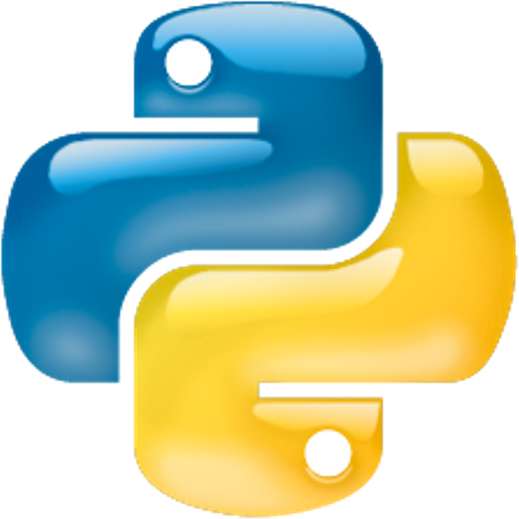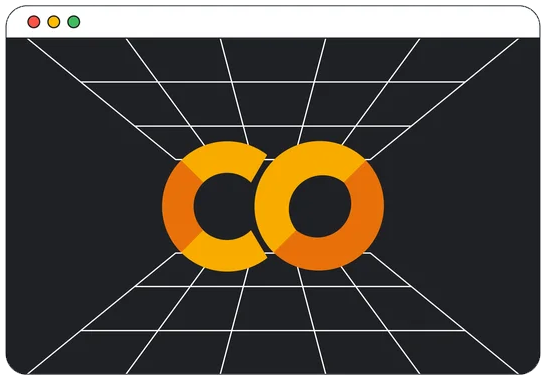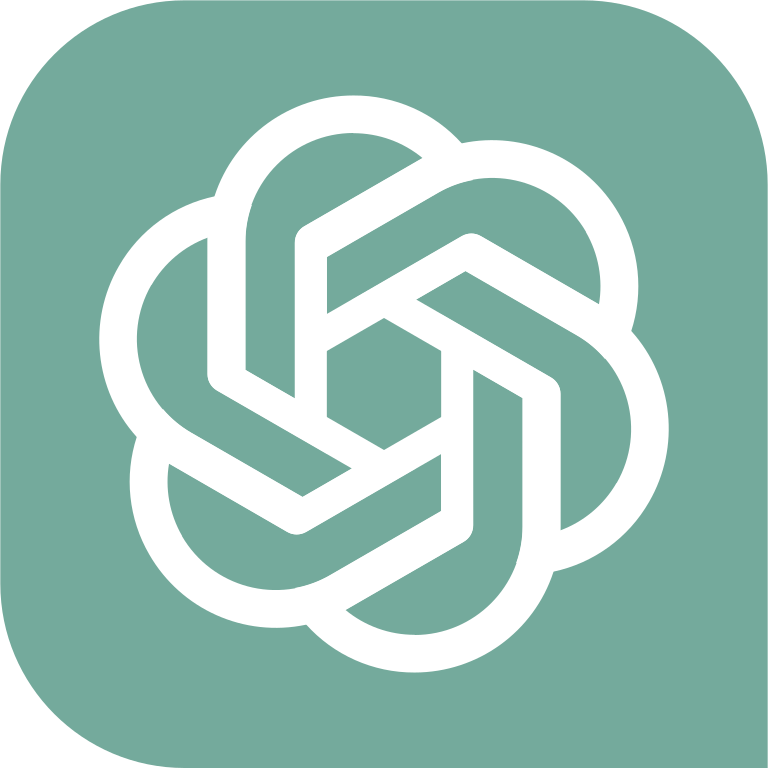Table of Contents » Chapter 5 : Disciplines : Text Mining
Text Mining
Overview
The interplay between Python and Text Mining is a testament to how technology can significantly enhance data analysis capabilities in various fields. Text Mining, the process of extracting meaningful information from large volumes of unstructured text, leverages Python's strengths to perform complex linguistic and statistical analysis. Python, renowned for its readability and a vast array of libraries, is ideally suited for the intricacies of Text Mining. Libraries like Natural Language Toolkit (NLTK) and TextBlob simplify linguistic tasks such as tokenization, part-of-speech tagging, and sentiment analysis. For more advanced text processing and machine learning tasks, libraries such as scikit-learn, Gensim, and spaCy offer robust functionalities. Python also excels in handling big data in text mining, with libraries like PySpark allowing for scalable data processing. The language's capabilities extend to topic modeling, keyword extraction, and summarization, essential for extracting insights from text data. Additionally, Python's visualization libraries like Matplotlib and Seaborn are instrumental in presenting text analysis results. Python's role in Text Mining is not just confined to data extraction and analysis but also encompasses data preprocessing and cleansing, a crucial step in text mining. This synergy of Python and Text Mining empowers researchers and analysts to uncover patterns and insights from text data, making Python an indispensable tool in the field. Python's extensive application in Text Mining demonstrates its critical role in extracting, processing, and analyzing text data, making it a fundamental tool for data analysts, researchers, and linguists.
- Natural Language Processing (NLP): Libraries like NLTK and spaCy provide comprehensive NLP tools for text processing, including language detection, tokenization, and named entity recognition.
- Data Preprocessing: Python is essential for text data cleansing and preprocessing, using libraries like Pandas and NumPy for data manipulation and preparation.
- Sentiment Analysis: TextBlob and VADER, integrated with Python, offer sentiment analysis capabilities, crucial for understanding opinions and emotions in text data.
- Topic Modeling: Gensim, a Python library, is widely used for topic modeling, helping in identifying themes and topics within large text corpora.
- Machine Learning for Text Classification: scikit-learn in Python provides machine learning algorithms for text classification, essential in categorizing text into predefined categories.
- Keyword Extraction and Summarization: Python libraries like YAKE! and Sumy aid in extracting key phrases and summarizing large texts, simplifying information extraction.
- Big Data Processing: PySpark allows for the processing of large-scale text data in a distributed computing environment, essential for big data text mining.
- Text Generation and Language Modeling: Libraries like Hugging Face's Transformers enable advanced text generation and language modeling, leveraging deep learning techniques.
- Data Visualization: Visualization libraries like Matplotlib and Seaborn in Python help in presenting text analysis results through graphs and charts.
- Regular Expressions and Text Manipulation: Python's built-in 're' library is used for pattern matching and text manipulation, crucial for extracting specific information from text.



